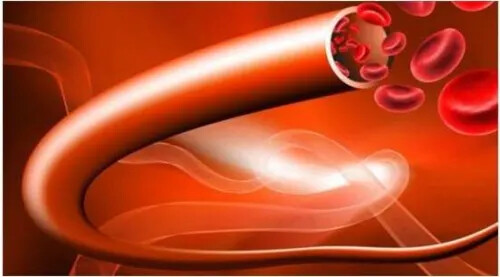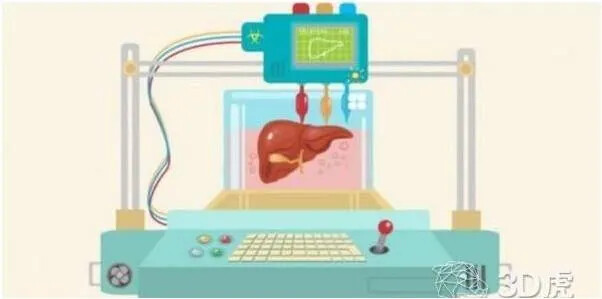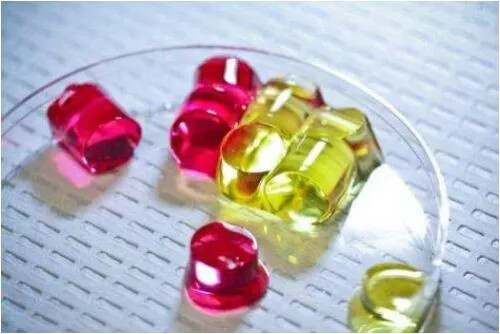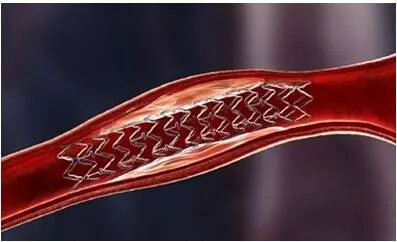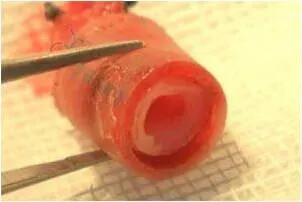The incidence of cardiovascular diseases is steadily increasing, and the need for vascular repair due to narrowing and defects is becoming more urgent. Currently, autologous blood vessels are used for bypass surgeries, but there is a severe shortage of blood vessel sources. If artificial blood vessels could be created outside the body and transplanted to replace the diseased vessels inside the body, this issue could be resolved. The emergence of 3D printing provides an effective solution to this problem.
Introduction to 3D Printing of Blood Vessels
As we know, 3D printing is a rapid prototyping technology that creates objects by printing them layer by layer using materials such as powder metals or plastics. 3D printed blood vessels are made using bio-materials based on 3D printing technology, and these vessels are designed to have structures and functions similar to natural blood vessels.
Key Elements of 3D Printing Blood Vessels
There are several key elements involved in 3D printing of blood vessels:
- A bioprinter is needed.
- Suitable biomaterials for printing blood vessels.
- A vessel model designed to fit the body’s size and structure.
1. Bioprinter
A bioprinter works similarly to the FDM (Fused Deposition Modeling) principle, but instead of using hard plastic filament, it uses liquid or melted bio-materials or gels (which may contain cells) that are extruded from material cartridges. These materials are deposited layer by layer to create a 3D structure, which is then solidified through physical or chemical processes. The difference between a bioprinter and a regular 3D printer is that it uses living cells and bio-materials to create living tissues, rather than plastic.
Currently, bioprinters are mostly found in scientific research labs, and commercial products are still relatively few. International brands include regenHU (Switzerland) and Organovo (USA), while in China, Sichuan Blue Light Yingnuo has developed a vascular bioprinter.
2. Vascular 3D Printing Materials
There are two types of materials used for bio-vascular printing:
- Artificial blood vessels used in tissue engineering.
- Vascular stents used in interventional treatments.
The first type of material is often hydrogels. Hydrogels are polymer networks that have a high water content and are soft and flexible. They are capable of absorbing large amounts of water and can support the flow of nutrients and cell signaling molecules, which helps cells to grow both on the surface and inside the printed blood vessels. There are also polymer materials such as ePTFE (expanded PTFE), nylon, polyurethane, and polycaprolactone (PCL), which can be electrospun into nanofibers to create a scaffold resembling the extracellular matrix, helping cells to grow.
The second type of material is usually nickel-titanium alloys or stainless steel. These materials are used in stents, which are 3D printed using technologies like Selective Laser Sintering (SLS). Stents are implanted into damaged blood vessels during interventional procedures, supporting the blood flow and, if coated with drugs, offering therapeutic benefits.
3. Vascular 3D Printing Models
The ultimate goal of 3D printed blood vessels is to implant the printed vascular products into the diseased parts of the body to repair the damaged blood vessels. As blood vessels in different body parts vary in size and structure, a tailored model of the vascular dimensions and structure must be created before printing. Current methods use medical imaging technologies to generate 3D models of the diseased blood vessels, and these models are converted into STL files that can be read by the printer to produce the required blood vessel structure.
Some researchers are exploring methods where artificial blood vessels printed outside the body are seeded with the patient’s own vascular cells. These cells grow inside the printed vessel over a period of time, developing a functional and structured vessel that can be transplanted into the body. This approach has shown promising results, as the artificial blood vessels integrate well with the body’s natural blood vessels, providing great prospects for future developments in 3D printed blood vessels.
